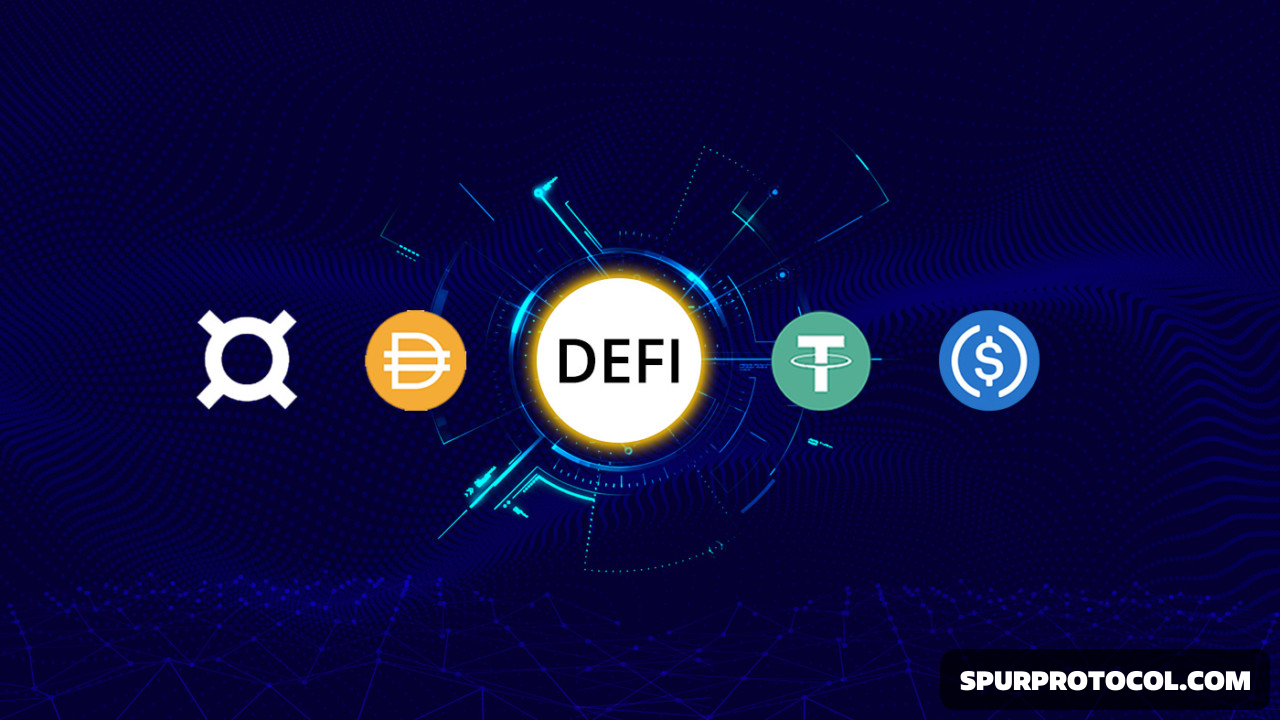What Are The Core Roles Of Stablecoin In DeFi.
What is the importance of stablecoin and thier types in DeFi.
Go Back
🕒 10:55 AM
📅 May 26, 2025
✍️ By oluwafemighty
What is the importance of stablecoin and thier types in DeFi.
Go Back
🕒 10:55 AM
📅 May 26, 2025
✍️ By oluwafemighty
Stablecoins play a central role in DeFi (Decentralized Finance) by providing a price-stable medium of exchange, store of value, and unit of account within a highly volatile crypto ecosystem.
Core Roles of Stablecoins in DeFi:
1. Price Stability:
Stablecoins (like USDC, DAI, or USDT) are pegged to stable assets (usually USD), making them ideal for transactions, savings, and lending without exposure to price swings common in cryptocurrencies like ETH or BTC.
2. Lending and Borrowing:
In protocols like Aave or Compound, users often borrow or lend stablecoins. Borrowing stablecoins allows users to access liquidity without selling volatile assets.
3. Liquidity Provision:
Stablecoins are essential in liquidity pools (e.g., USDC/ETH on Uniswap). They provide a stable trading pair, reduce slippage, and enable more predictable trading.
4. Yield Farming & Staking:
Users earn passive income by depositing stablecoins into yield farms or staking protocols with relatively lower risk compared to volatile tokens.
5. Collateral:
Stablecoins can be used as collateral in DeFi protocols or as the debt users borrow against their crypto collateral (e.g., borrowing DAI by locking ETH in MakerDAO).
6. Payments & Settlements:
Their stability and speed make stablecoins suitable for on-chain payments, payroll, remittances, and cross-border transfers.
Types of Stablecoins in DeFi:
1. Fiat-backed (centralized): USDC, USDT backed by off-chain reserves.
2. Crypto collateralized (decentralized): DAI backed by on-chain assets like ETH.
3. Algorithmic (less common): Use algorithms to maintain the peg (e.g. FRAX).